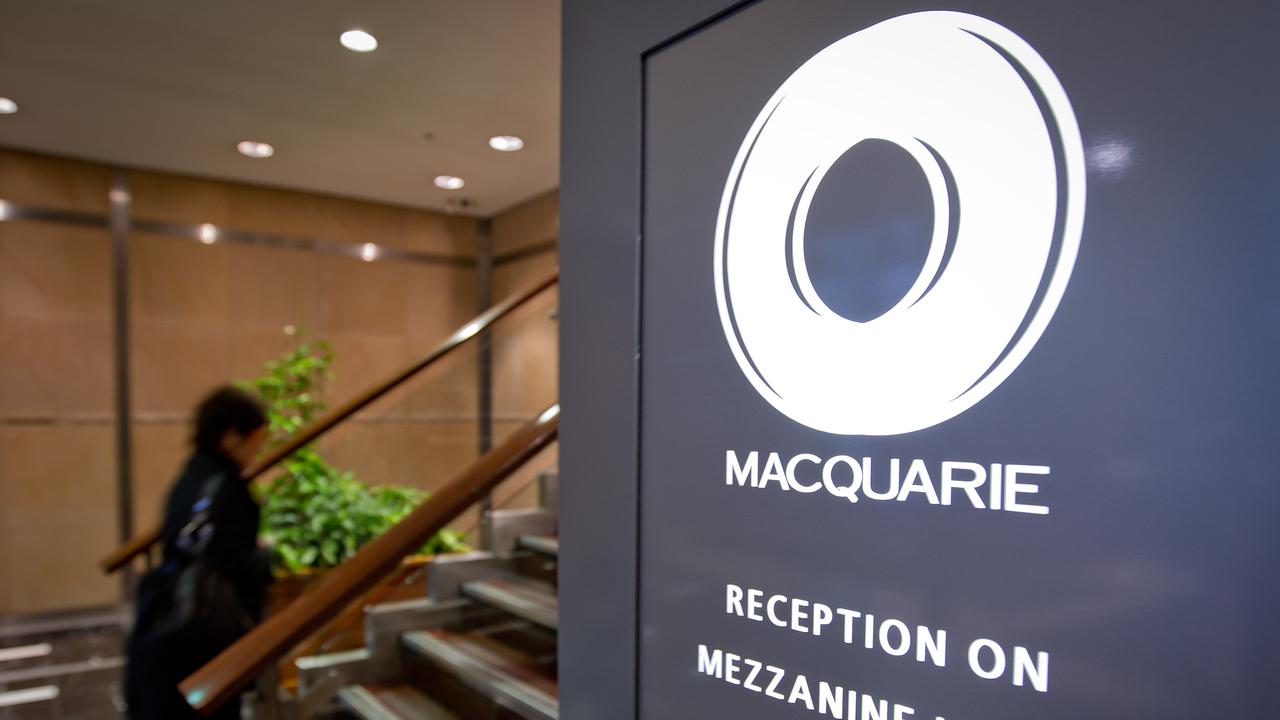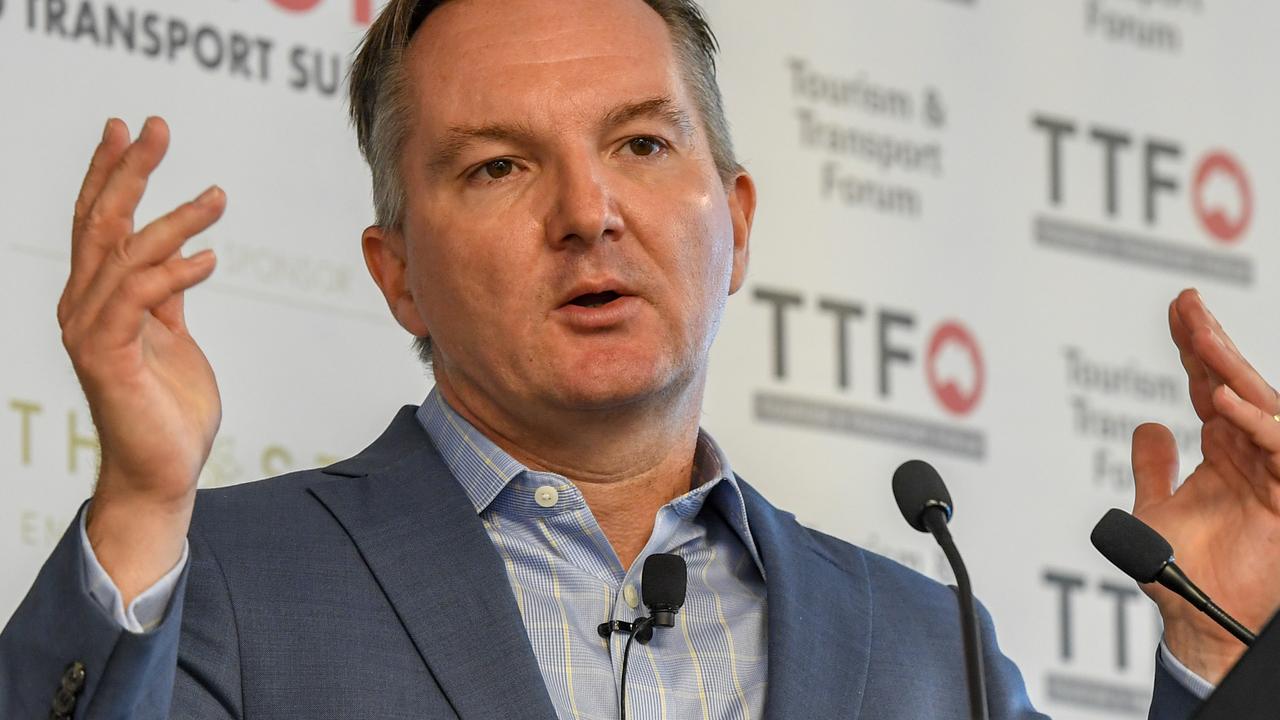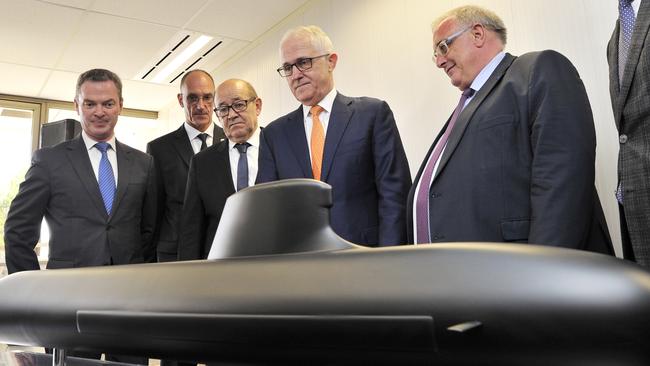
Accepting the $220 billion plus French submarine proposal threatens to be the worst financial and defence decision in our history.
Full praise to Defence Minister Christopher Pyne for refusing the sign the contract.
The nation’s great fear is that the political pressure to sign, as the election looms, will force him to make a disastrous decision for the nation. Australia has far better and far cheaper submarine alternatives.
It’s only when you look at how the original deal was done that you realise why the capital costs have risen from $50 billion to $90 billion (even before it starts) plus the fact that add-ons take the total outlay to $220 billion plus, albeit over several decades.
I set out the cost blowout in The Australian last week.
And worse still, thanks to the research work of leading physicist Aidan Morrison and probing questions by Senator Rex Patrick and other senators we now know that there are the gravest possible doubts about the technology behind the submarine, which looks like a $220 billion white elephant.
Significantly, the French are shifting their ground on the technology.
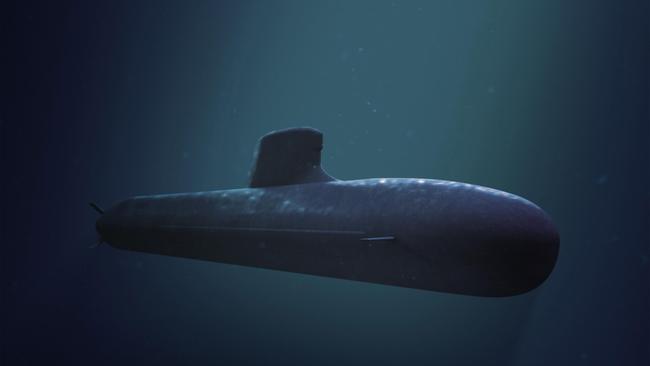
To understand how we got into this diabolical mess I have to take you back two or three years before the contract was signed. In France there are two powerful forces in the defence establishment----the political and the industrial power bases. The people involved tend to go to different educational institutions.
The French tender for the Australian submarine was led by the politicians, in particular the then minister for defence, socialist Jean-Yves Le Drian. (He is now foreign minister.)
Le Drian came to Brisbane in November 2014 with President Francois Hollande for the G20 meeting and a head of state visit.
Le Drian’s initial plan was to sell Australia France’s Barracuda nuclear submarine and to offer a link with the French nuclear industry, including fuel rod production, a nuclear energy reactor, and a desalinisation plant in Australia.
He soon discovered that this plan had no hope of being sold to the Australians but out of that came a plan to use the much larger nuclear submarine hull with a diesel electric rather than nuclear power and the pump-jet rather than propeller system. It had never been done before.
If it fails, I believe it’s likely that the French secretly plan to present nuclear - their first plan - as the only option.
Le Drian concluded that the legendary head of the French Naval industrial operation Hervé Guillou was the wrong person on push the deal through the Australian defence decision-making system. In a brilliant move he appointed Marie Pierre de Bailliencourt as effectively Guillou’s second in command. They clashed many times but she masterfully sold the project to Australian defence officials, disposing of both the Japanese and German tenders.
The Marie Pierre de Bailliencourt vision was magnificent. Guillou’s Naval Group would deliver to Australia the opportunity for a unique partnership with the French to design and deliver a regionally superior submarine over which Australia would have the sovereign capacity to operate and sustain over its life. But while Guillou’s Naval Group would actually build the submarines they would also establish an Australian industrial supply network.
But we were not negotiating Marie Pierre de Bailliencourt’s vision with the person who would have to perform the tasks --- Hervé Guillou. Not surprisingly she was dumped soon after the selling was done. Again, not surprisingly the cracks showed up quickly after the notice of intention was signed.
And so in April 2016 I alerted Australia to alarming differences between what the French were saying and what then prime minister Malcolm Turnbull was saying.
In Paris, they were shocked that Mr Turnbull was so definitive in his statement that all 12 submarines would be built in Australia. Guillou intended to build the first two in France and thought that was the de Bailliencourt deal. Indeed the French announced that 4000 people would be required in France.
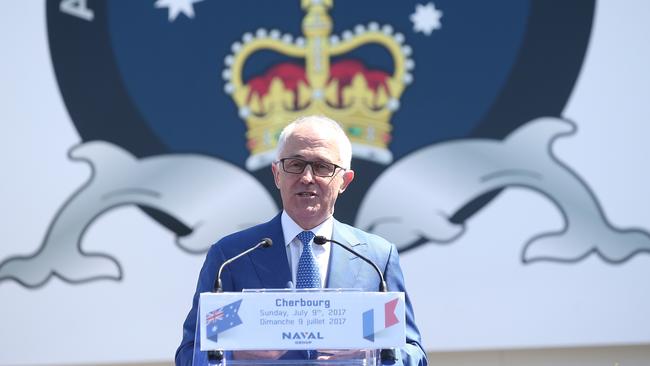
Building the first two in Australia would be a huge task.
Because our submarine is still being designed cost estimates are rough. Nevertheless in 2016 defence people told all the journalists that the $50 billion cost estimate was after adjusting for inflation. Even so it was more than double the $20 billion firm tender from Germany.
But, as I pointed out last week, five dramatic words--“on a constant price basis” --- from Rear Admiral Gregory Sammut changed the $50 billion cost to around $90 billion. To that we add maintenance costs to take us to around $220 billion. Most importantly we are now negotiating with the industrial rather than the political wing of the French system.
I don’t know the reason for the cost boost but I suspect that’s the extra cost of building the first two submarines in Australia.
But we have also hit the technology problem. Aidan Morrison’s detailed research paper showed that the while the pump-jet system works well with nuclear submarines at the slow pace required for diesel electric it fails.
He appeared as a witness before the Senate Economic References Committee to explain his research in the presence of both the French and our defence people. Both refused to comment. They were then directed to provide a written response to Morrison’s research. It took them about 10 weeks to work out a reply, which was delivered last month.
In that reply they claimed that pump-jets could be efficient across the entire speed range.
Morrison responds that this is simply untrue. “It is a bizarre, irrational claim with no basis whatsoever in physics. It is frankly bewildering that such a claim could be made, given how easily its falsehood can be established by even moderate research, or simple logic.”
He has prepared a paper that pulls the defence response apart.
The Australians have always stated that the French offered them the pump-jet system and said that it could be used in a large nuclear-sized submarine. But that’s not how the French tell the story.
Naval Group’s executive director Jean-Michel Billig, who works with Australia on the submarine program, now says: “Decisions on forms of propulsion are ultimately a matter for the Australian government”. He also adds that the pump-jet system “could be viable” but that the submarine could end up with “something different”.
And so Australia is planning to spend $220 billion on that sort of vague statement.
Meanwhile conventional diesel-electric submarines have achieved dramatic breakthroughs including advanced composite propellers, air-independent propulsion, and lithium-ion batteries, which wont be included in the Australian submarine because of the pump-jet!
Please, Christopher Pyne, act in the interests of the nation and not your immediate political needs.




